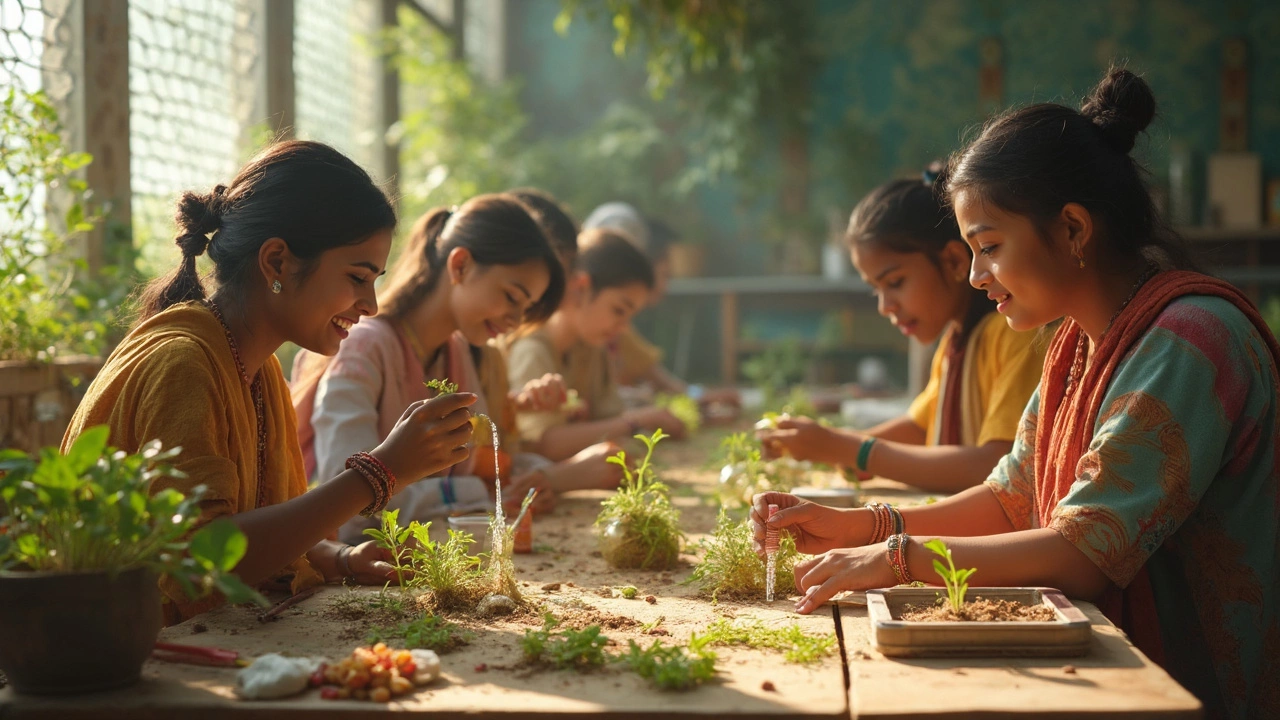Agriculture Studies in India: Innovations, Challenges, and Real-World Impact
When we talk about agriculture studies, the scientific and practical exploration of farming systems, crop management, and rural economies. Also known as agronomy, it’s not just about planting seeds—it’s about fixing broken supply chains, reducing waste, and making sure farmers earn a living while feeding a nation. In India, agriculture studies are no longer confined to university labs. They’re happening in village fields where solar-powered irrigation pumps replace diesel engines, where mobile apps help smallholders track crop prices, and where AI models predict monsoon failures before they happen.
These efforts connect directly to agricultural technology, tools and systems designed to improve farm efficiency, reduce labor, and increase yields. This includes everything from drone-based crop monitoring to low-cost soil sensors that tell farmers exactly when to water. It’s also tied to rural innovation, local solutions built by farmers, engineers, and NGOs to solve problems ignored by big corporations. Think of a startup in Madhya Pradesh that turns crop residue into affordable biodegradable pots, or a cooperative in Punjab that shares tractor rentals among 50 small farms. These aren’t futuristic ideas—they’re happening now, and they’re changing how food gets grown.
And then there’s the human side: farming practices, the daily methods farmers use to grow crops, manage pests, and handle soil. Many still rely on traditional knowledge passed down for generations. But now, that knowledge is being paired with data—from satellite images showing crop health to weather forecasts delivered via WhatsApp. The real breakthrough isn’t just the tech—it’s making sure farmers understand it, trust it, and can use it without needing a degree. This is why agriculture studies in India aren’t about one big invention. They’re about hundreds of small, smart fixes that add up.
What you’ll find in this collection are real stories—not theory, not hype. You’ll see how technology transfer fails when it ignores the farmer’s schedule. You’ll learn why renewable energy isn’t just for cities—it’s powering irrigation pumps in Rajasthan. You’ll read about public health programs that cut down pesticide poisoning by teaching farmers how to wear gloves. And you’ll discover how data scientists are talking to field workers, not just running algorithms. This isn’t a textbook. It’s a map of what’s working, where, and why.




